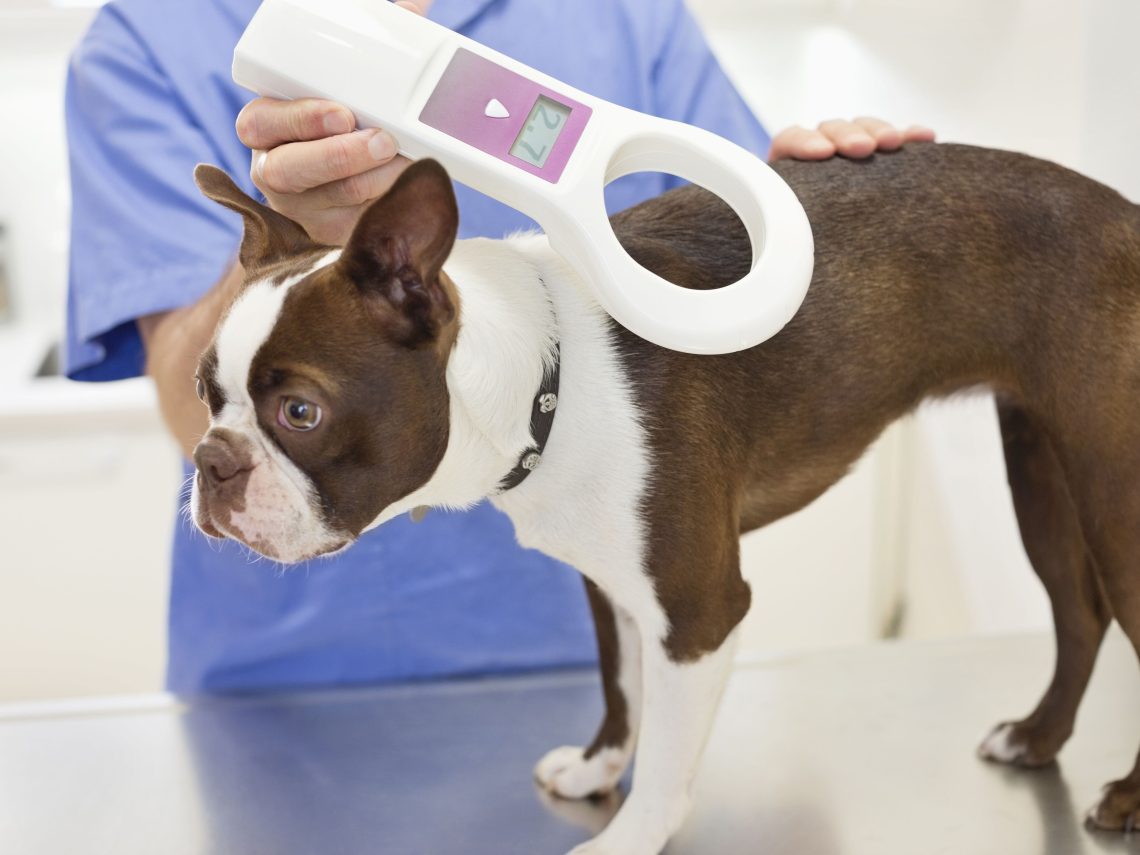
Chipping a dog

Contents
What is dog chipping?
In the process of chipping, a microchip is inserted under the dog’s skin in the withers area – a small shell made of safe bioglass containing complex microcircuits. The chip is no larger than a grain of rice.
All information about the dog is applied to the microcircuits:
Date, place of birth and residence of the pet;
His breed and features;
Owner’s coordinates and contact details.
Each chip has an individual 15-digit code, which is recorded in the veterinary passport and the dog’s pedigree, and also registered in the international database.
How is a chip different from a tattoo and a tag on a collar?
Unlike other identification methods, chipping is more reliable for a number of reasons:
The microchip is implanted under the skin of the dog, where it is not affected by the environment and time. Within a week after the operation, it becomes overgrown with living tissue and becomes practically immobile;
Information from the chip is read instantly – a special scanner is simply brought to it;
The microchip contains all the information about the dog. If it gets lost, the owners can be found faster and more accurately;
The chip insertion operation is quick and painless for the dog;
The chip functions throughout the life of the pet.
Who may need microchipping?
Chipping is required for those who travel within the European Union, the United States and Australia, as well as participate in dog shows in their territory. Since recently, a microchip has become a mandatory condition for the entry of dogs into these countries.
22 2017 June
Updated: 22 May 2022





